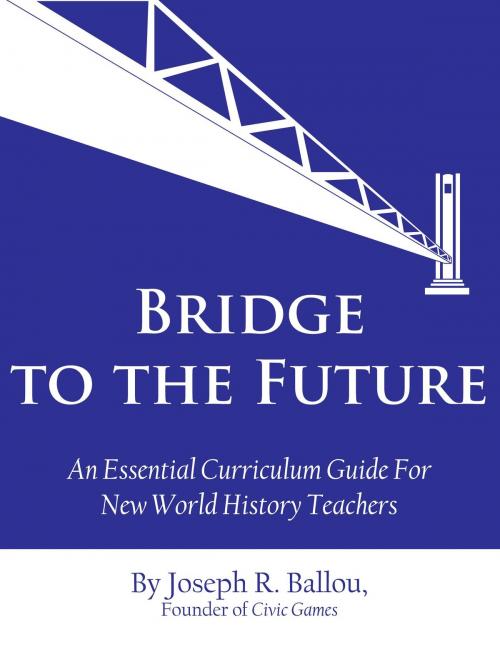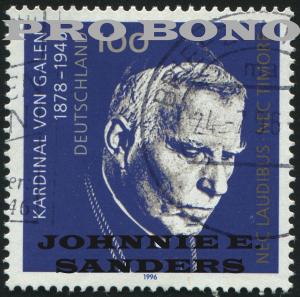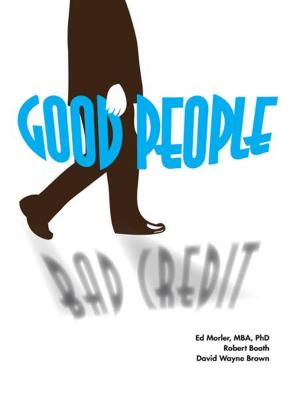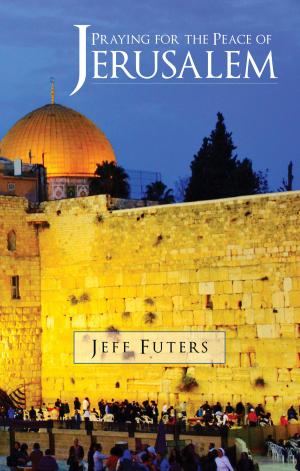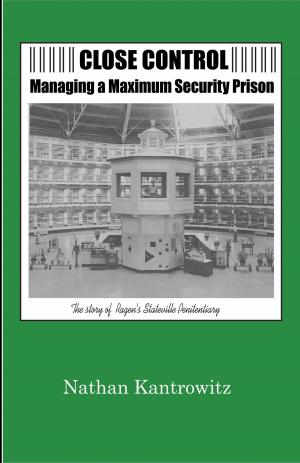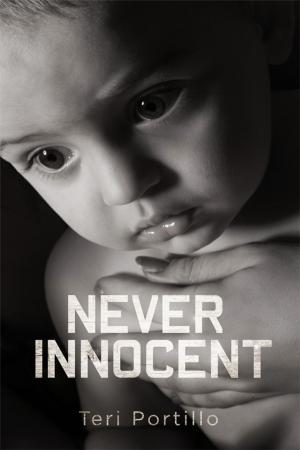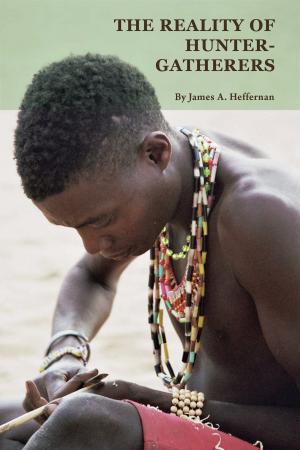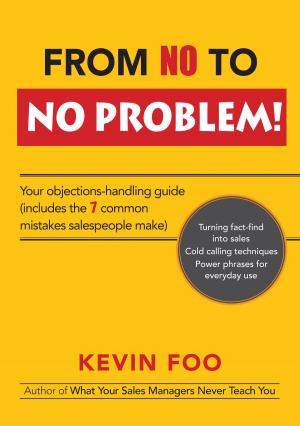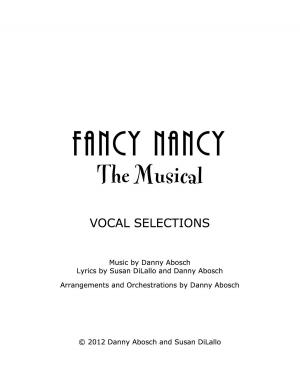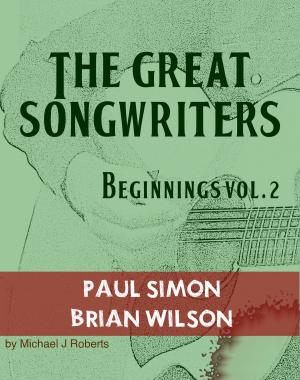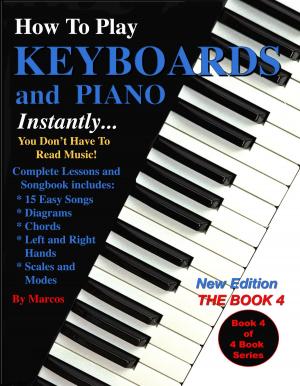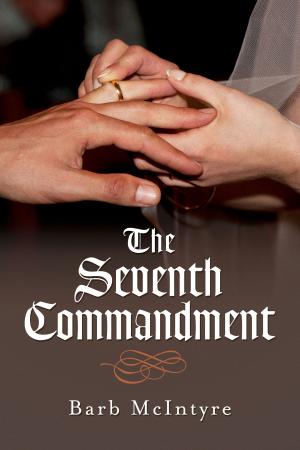Bridge to the Future
An Essential Curriculum Guide for New World History Teachers
Nonfiction, Reference & Language, Education & Teaching, Teaching, Teaching Methods| Author: | Joseph R Ballou | ISBN: | 9781624888564 |
| Publisher: | BookBaby | Publication: | January 9, 2013 |
| Imprint: | Language: | English |
| Author: | Joseph R Ballou |
| ISBN: | 9781624888564 |
| Publisher: | BookBaby |
| Publication: | January 9, 2013 |
| Imprint: | |
| Language: | English |
Were you recently assigned to teach world history, and now you are drowning in the content? Have you been teaching the course for years, and now you're looking for new ideas to refresh, recharge or turbo-boost your curriculum? Are you trying to find a way to make your world history course more interesting for students, or more effective at preparing them for their adult lives? This short guide gives your an essential distillation of what a world history course should be, the design strategies to build an empowering curriculum map, a narrative of the course content, and samples of core course components like essential questions, scope and sequences, and capstone projects. Bridge to the Future includes three chapters each geared to a teacher who wants the big picture of global history connected to the everyday teaching challenges. Chapter 1: Writing a Curriculum Map Focusing on the "ABC's of Curriculum Mapping," this chapter is especially useful for new teachers and experienced teacher who could use some development of their curriculum planning skills. The chapter provides a comprehensive walk through of how to assess the needs and requirements of the global history course in the context of the local community and how to build the essential components of the curriculum. The chapter includes the following sections: 1.1 The ABCs of Curriculum Mapping 1.2 Assess 1.2.1 Assess Standards and Power-Standards 1.2.2 Local Strengths and Weaknesses 1.2.3 Resources 1.3 Build 1.3.1 Build: Template 1.3.2 Build: Essential Questions, Enduring Understandings 1.3.3 Build: Capstone Projects and Final Exams 1.3.4 Build: Routines 1.3.5 Build: Scope and Sequence, Unit Structure 1.4 Complete Chapter 2: What to Teach: Content World history experts, standardized test makers and teachers of history will always argue about the periodization, emphasis and enduring understandings necessary for a good world history course. This chapter spares you these arguments, and instead gives a clear, concise narrative of world history that presents themes, time periods and regions in a way that is friendly to planning assessments, activities, and unit transition points. Read this chapter with an open mind, and you may never have to rethink the structure or emphasis of your units again. Chapter 3: The Other 4 C's Teaching global history is about much more than just information and ideas. In fact, the course plays a unique role in young people's formative education in four key areas: citizenship, creatical thinking (creative + critical skills), communication and character. This chapter provides clear recommendations for how you can plan your course to foster growth in all four of these areas, without sacrificing any achievement in content mastery. If you are a teacher of world history or interested in the process of planning to teach world history well, the small investment you make in reading Bridge to the Future is well worth it.
Were you recently assigned to teach world history, and now you are drowning in the content? Have you been teaching the course for years, and now you're looking for new ideas to refresh, recharge or turbo-boost your curriculum? Are you trying to find a way to make your world history course more interesting for students, or more effective at preparing them for their adult lives? This short guide gives your an essential distillation of what a world history course should be, the design strategies to build an empowering curriculum map, a narrative of the course content, and samples of core course components like essential questions, scope and sequences, and capstone projects. Bridge to the Future includes three chapters each geared to a teacher who wants the big picture of global history connected to the everyday teaching challenges. Chapter 1: Writing a Curriculum Map Focusing on the "ABC's of Curriculum Mapping," this chapter is especially useful for new teachers and experienced teacher who could use some development of their curriculum planning skills. The chapter provides a comprehensive walk through of how to assess the needs and requirements of the global history course in the context of the local community and how to build the essential components of the curriculum. The chapter includes the following sections: 1.1 The ABCs of Curriculum Mapping 1.2 Assess 1.2.1 Assess Standards and Power-Standards 1.2.2 Local Strengths and Weaknesses 1.2.3 Resources 1.3 Build 1.3.1 Build: Template 1.3.2 Build: Essential Questions, Enduring Understandings 1.3.3 Build: Capstone Projects and Final Exams 1.3.4 Build: Routines 1.3.5 Build: Scope and Sequence, Unit Structure 1.4 Complete Chapter 2: What to Teach: Content World history experts, standardized test makers and teachers of history will always argue about the periodization, emphasis and enduring understandings necessary for a good world history course. This chapter spares you these arguments, and instead gives a clear, concise narrative of world history that presents themes, time periods and regions in a way that is friendly to planning assessments, activities, and unit transition points. Read this chapter with an open mind, and you may never have to rethink the structure or emphasis of your units again. Chapter 3: The Other 4 C's Teaching global history is about much more than just information and ideas. In fact, the course plays a unique role in young people's formative education in four key areas: citizenship, creatical thinking (creative + critical skills), communication and character. This chapter provides clear recommendations for how you can plan your course to foster growth in all four of these areas, without sacrificing any achievement in content mastery. If you are a teacher of world history or interested in the process of planning to teach world history well, the small investment you make in reading Bridge to the Future is well worth it.
